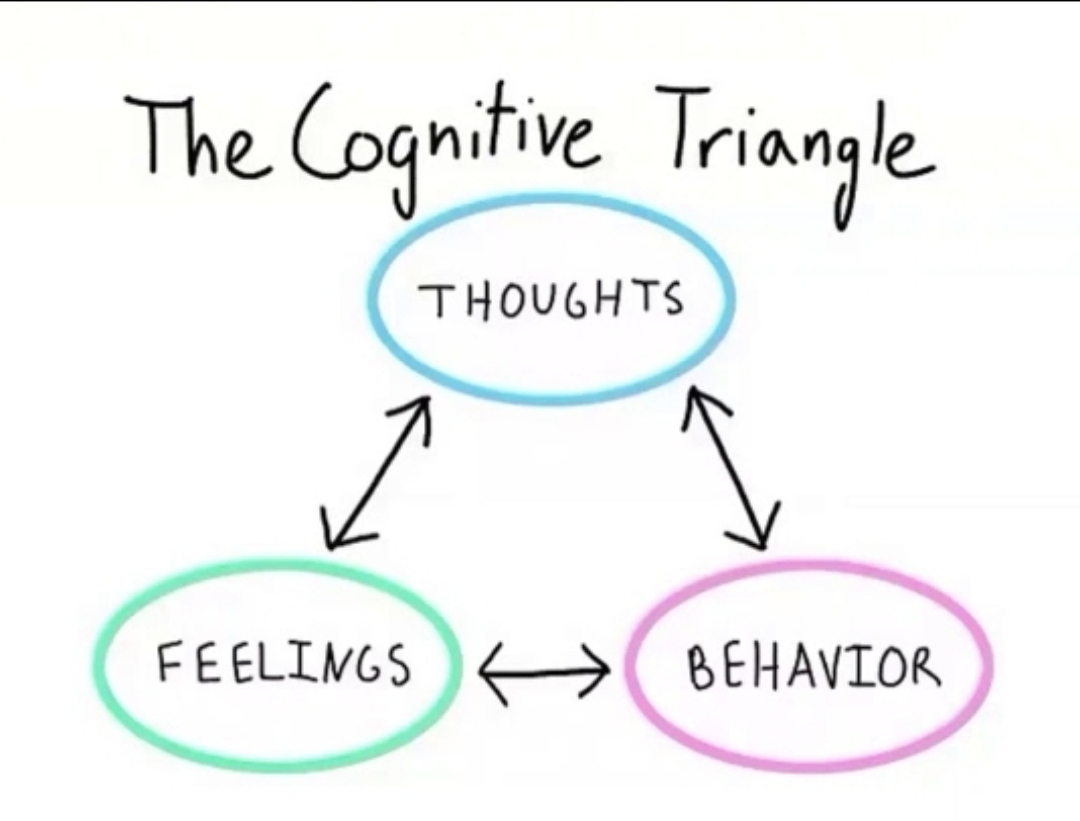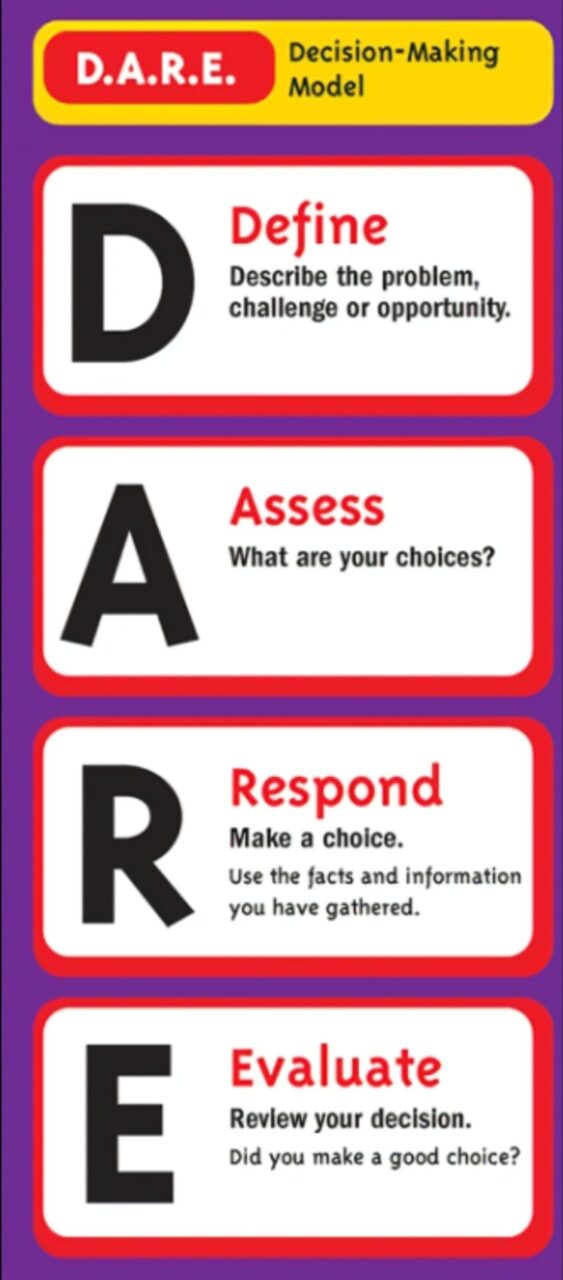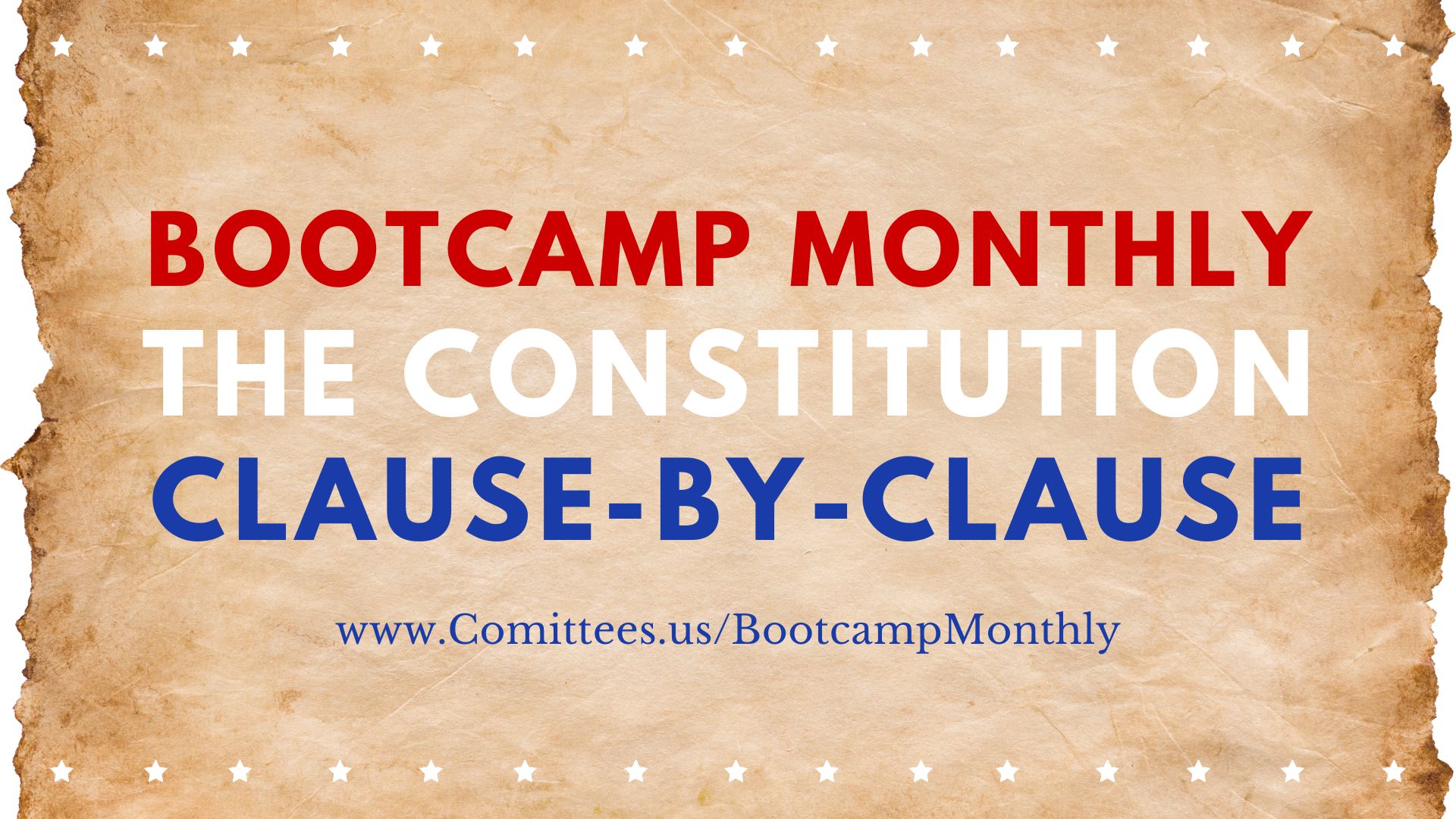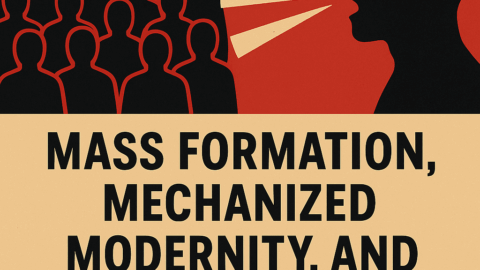Why naming the wrong problem multiplies harm—in your mind, your home, and your politics
When we misdiagnose “the problem,” we prescribe the wrong cure—more pressure, more policies, more posturing—and we make things worse.
Misdiagnosis isn’t just a medical risk. It’s a mental, relational, and civic one. The pattern is the same: we label the wrong thing as the problem, reach for a cure that “feels strong,” and then watch the side-effects compound—inside us, in our families, and across society.
Below is a practical field guide: first the inner life (thoughts/emotions/behavior), then close relationships, then public life and politics—including “hope-ism,” the habit of outsourcing hope to a person, party, or movement.
Part I — The Inner Life: Thoughts → Emotions → Behavior

How misdiagnosis starts inside
- Thought error: “I’m anxious because of X person/situation,” when the deeper driver is unaddressed grief, shame, exhaustion, or a rigid belief (“I must never fail”).
- Emotional shortcut: Treating feelings as facts: “I feel threatened ⇒ I am threatened ⇒ I must fight/flee/freeze.”
- Behavioral “cures” that worsen it: Overcontrol, avoidance, numbing (scroll, drink, shop), image-management. These relieve discomfort short-term, but enlarge it long-term.
The harm spiral
Mislabel cause → apply the wrong fix → short relief → bigger rebound → double down.
Result: tunnel vision, irritability, and burnout.
Better diagnosis (quick tools)
- Name the real drivers: HALT check (Hungry, Angry, Lonely, Tired). Ask: “What else could be true?”
- Differentiate facts from stories: Fact = verifiable. Story = my interpretation. Write both.
- Physiology first: Breath, sleep, movement, daylight. Bodies drive moods; moods drive narratives.
- Tiny experiments: Instead of “fix everything,” test one small new behavior for a week and measure.

Part II — Close Circles: Personal, Intimate, Family, Associations
Typical misdiagnoses in relationships
- Scapegoating a person for a pattern (e.g., “You’re the problem” instead of “We stonewall and don’t repair”).
- Policy over presence: More rules/lectures instead of listening and boundary-setting.
- Image over intimacy: Managing appearances to outsiders while neglecting trust inside.
What the wrong “cures” look like
- More pressure: Criticism, nagging, silent treatment, ultimatums without follow-through.
- More policies: Chore charts, curfews, new “house rules” without shared buy-in.
- More posturing: Public moralizing, private resentment.
These prescriptions breed defensiveness, secrecy, and distance—the opposite of what we want.
A better clinical pathway for families
- Define the problem behaviorally: “We’re having three blowups a week over screens,” not “You’re disrespectful.”
- Own your slice: Each person names their contribution (tone, timing, ignoring bids).
- Design small, shared experiments: “No phones at dinner for 30 days. Two check-ins per week. If we miss, we reset without shaming.”
- Boundaries, not brinkmanship: “I won’t engage when voices rise. Let’s pause and return at 7pm.” Consequences are clear and consistent, not dramatic.
- Repair is the metric: Did we apologize, make amends, and close the loop? Repair predicts resilience.

Part III — Public Life: When Politics Becomes a Misdiagnosis Machine
“Hope-ism”: the lure of a savior with a slogan
Hope-ism is outsourcing hope to a person, party, or movement. It promises relief from complexity:
- “Once our person wins, the rot ends.”
- “This movement (QAnon or any messianic politics) has the secret map—trust the plan.”
- “Our party is the good; the other is the problem.”
Why it’s misdiagnosis: It treats politics as a morality play instead of a system of incentives, processes, and trade-offs. Then it prescribes dramatic “cures”: purges, emergency powers, censorship by proxy, executive shortcuts—tools that often boomerang.
How misdiagnosis shows up across jerseys
- Republicans/Democrats: Blame all pain on “the other team,” reach for omnibus power when in charge, decry it in opposition.
- Leader-centrism (Trump, Biden, Obama, Bush, pick your era): Credit “our” leader for everything good; excuse abuses as “necessary.”
- Conspiracy-as-cosmos (e.g., QAnon-style thinking): Reframes every disconfirming fact as proof of deeper plots, which blocks self-correction.
Predictable side-effects
- More pressure: Loyalty tests, speech policing, agency “nudges,” leaning on platforms.
- More policies: Emergency orders, task forces that never sunset, rule-by-memo.
- More posturing: Viral hearings, culture-war stunts, fundraising off outrage.
Downstream KPIs: cynicism, churn, distrust, and brittle institutions.
Part IV — Diagnose Better, Govern Better
Replace “the person is the disease” with system questions
- Incentives: Who benefits from the current mess? What perverse rewards exist?
- Bottlenecks: Where do delays/errors pile up?
- Feedback: Who closest to the pain gets heard? How fast do we learn?
- Process hygiene: Are there single-subject bills, 72-hour reads, recorded votes, and real sunsets? Are warrants required for data access?
Symmetry tests (to avoid team-brain)
- Reversal: Would I defend this if the other party did it?
- Naming: Describe the act in neutral terms before judging it.
- Receipts: Cost, legal basis, beneficiaries, metrics, exit plan—publicly posted.
- Scope control: What’s the smallest change that could test the fix?
Policy guardrails that prevent “wrong cures”
- Sunset & audit every emergency; renew only with data and a recorded vote.
- Ban censorship-by-proxy (no laundering speech controls through private firms).
- Fourth Amendment with teeth (no warrantless data buys/backdoor searches).
- War by vote with objectives and exits.
- End omnibus cramdowns; require single-subject bills and amendment debate.
- Independent audits & inspectors general protected from retaliation.
Part V — Practical Checklists
Personal (weekly)
- What problem did I name this week? Is it a fact or my story?
- What small experiment did I run? What changed?
- Did I repair at least one relational miss?
Family/associations (monthly)
- One pattern we’re addressing; one rule we’re retiring; one boundary we’re clarifying.
- Are we celebrating repair, not just “being right”?
Civic (ongoing)
- Hold leaders to process: receipts, sunsets, recorded votes—no matter the jersey.
- Consume media with a wait-verify-cross-check rhythm.
- Support candidates who pre-commit to guardrails and have a record of honoring them.
Closing: Trade Theater for Truth
Misdiagnosis promises relief and delivers relapse. At every level—self, home, and nation—the stronger move is the humbler one: slow down, name causes, run small tests, repair quickly, and keep rules symmetric. That’s how you stop multiplying harm and start compounding good.
Hope belongs in God and in the slow, adult habits that keep freedom alive. People can inspire; processes must bind. When we honor people and tell the truth about systems, we prescribe cures that heal—and they scale.






